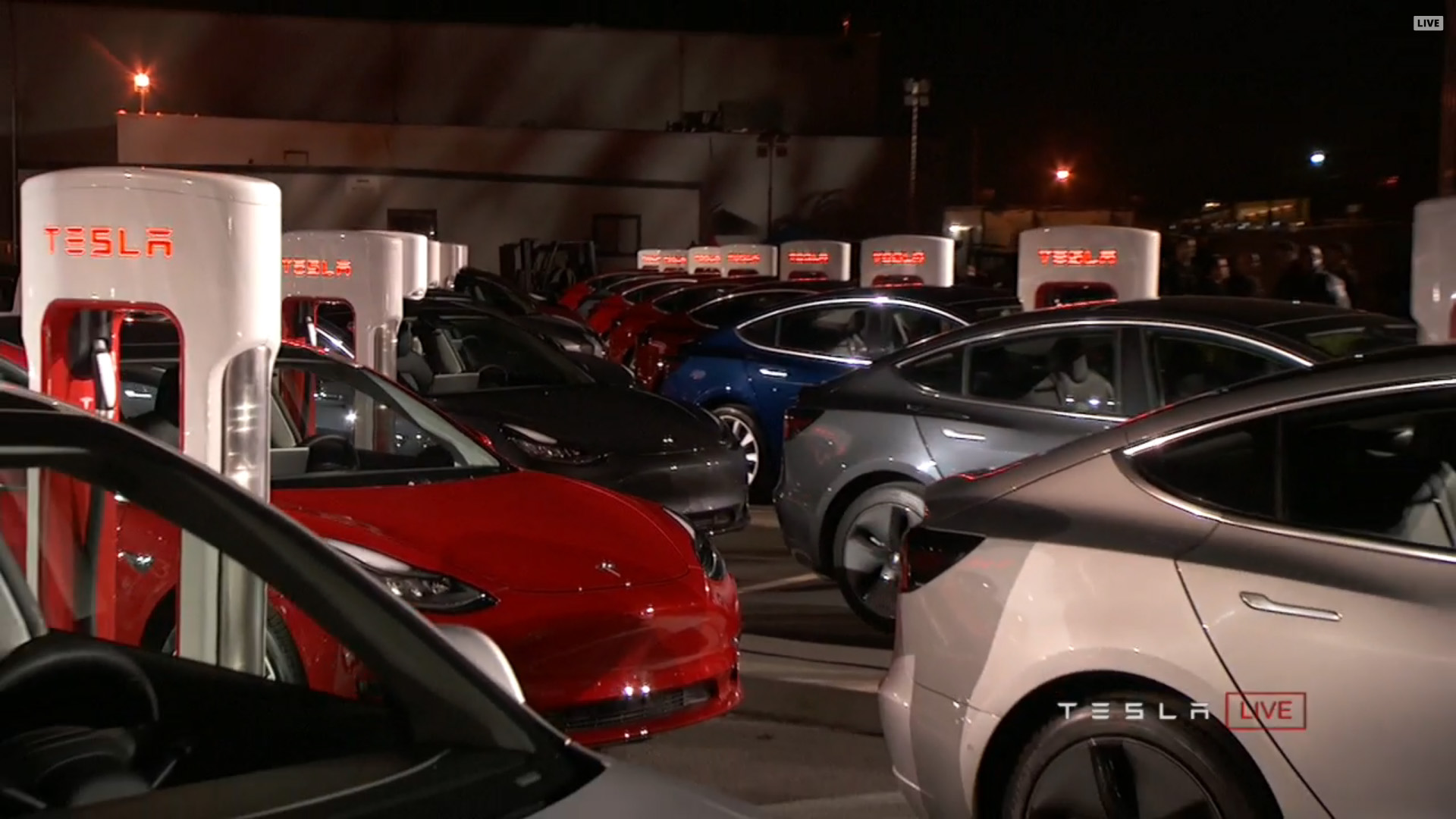

After confirmation of the long-range Tesla Model 3‘s battery size was leaked in an EPA document on Monday, rumors began to circle about the capacity of the car’s standard-issue battery. Tesla CEO Elon Musk revealed the true figures to potential investors during a conference call on Monday, according to Electrek, admitting the regular and long-range cars come with 50- and 75-kilowatt-hour batteries.
The company’s new reticence to reveal battery sizes in public comes in sharp contrast to its past cars. Every aspect of each Model S or Model X was the same, apart from its battery and motor options, and it was fairly simple to figure out which one was which: the higher number variant you buy, the farther you can drive without a charge. And if your model had the designation of a “D” trim, it had dual motors—an option to put the power to all four wheels and sprint ahead of most cars on the road.
With the Model 3’s, Tesla “took lessons” that it learned from the initial production of the Model S and more complicated construction revolving around its troublesome Model X. One of those lessons appears to be how it sells cars, as Tesla is simply making two battery variants of the vehicle: standard and long-range. Much like the Model S, the Model 3 will remain the same in all but the battery department across trims. To enhance simplicity and quickly scale up production, Tesla will prioritize long-range single-motor Model 3 production for now; later in 2018, Tesla will release a performance and dual motor variation of its entry-level commuter car.
Some might claim that a $44,000 car isn’t exactly cheap, and they’re right—until you consider the cost savings in maintenance and fuel over several years of ownership compared with a gas-powered vehicle. Tesla promised to deliver an affordable long-range electric car, and that’s pretty much what the carmaker did.